Dhaka, Aug 21 (V7N) — The label “Made in Bangladesh” stitched into garments sold across the globe is more than just a tag—it is a symbol of the country’s industrial strength. The Ready-Made Garment (RMG) sector drives over 80% of the country’s export earnings, employs around 4 million workers, and contributes nearly 10% to GDP. According to the Bangladesh Garment Manufacturers and Exporters Association (BGMEA), export earnings from the sector reached $39.34 billion in FY 2024–25.
However, the real journey of a single T-shirt—from a production line in Gazipur to the deck of a ship in the Bay of Bengal—is fraught with hurdles. These domestic logistical challenges are weakening Bangladesh’s competitive edge in a global market that demands speed, reliability, and efficiency.
Congested Highways: The First Mile of Delay
The process begins once finished garments are boxed and loaded into covered vans at factories, mostly located in Dhaka, Gazipur, and Narayanganj. The trucks then head toward Inland Container Depots (ICDs) near Chattogram.
The Dhaka–Chattogram highway, though vital, is notoriously congested. A journey that should take 6–7 hours frequently stretches to 12–24 hours due to traffic, weather disruptions, and poor road conditions. These unpredictable delays push exporters to dispatch cargo early, locking up working capital and increasing the chance of missing shipping deadlines.
Off-Docks: The Critical Bottleneck
After arriving at an ICD, trucks often face long queues. There, cartons are sorted, customs-cleared, and packed into containers for export. This phase introduces major delays due to:
-
Yard Congestion: Limited space often leads to gridlock.
-
Bureaucracy: Despite digital upgrades like ASYCUDA World, paperwork, manual signatures, and cross-agency coordination still slow things down.
-
Labour and Equipment Shortages: Shortfalls in skilled labour, forklifts, and container handlers further delay container stuffing, especially in peak seasons.
Even minor delays can result in missing scheduled vessels, leading to penalties, canceled orders, and reputational harm for exporters.
The Final Stretch: Port Access
Once containers are sealed and cleared, they are moved to Chattogram Port. But this final leg is often plagued by long lines at access roads and port gates. Chattogram Port handles over 90% of the country’s import-export traffic, yet suffers from aging infrastructure and capacity constraints.
Ships face docking delays of 4–11 days, while container dwell times can extend to 7–13 days—four to five times higher than global standards. Moreover, due to shallow draft in the Karnaphuli River, large mother vessels cannot dock directly. As a result, cargo must be transferred via feeder vessels to transshipment hubs like Singapore, Colombo, or Port Klang—adding 7–10 days and raising overall costs.
A World Bank study suggests Bangladesh loses up to 14.5% of potential export growth annually due to such port inefficiencies.
External Shocks: Tariffs and Trade Tensions
Compounding the challenges, the global trade environment remains volatile. In April 2025, the United States imposed a 37% tariff on Bangladeshi apparel—a significant blow. After intense negotiations, the tariff was lowered to 20% in early August 2025. However, combined with existing average duties of 15–16.5%, the effective rate remains high at 36.5%.
This sharp increase in tariffs has raised alarm across the RMG sector, as cost competitiveness becomes harder to maintain in key markets.
Toward Resilience: Navigating Solutions
Despite the roadblocks, hope lies in coordinated reform and investment. Several large-scale infrastructure projects offer long-term promise:
-
Matarbari Deep Sea Port, currently under development, will allow large mother vessels to dock directly, eliminating costly feeder routes and reducing shipping times.
-
Bay Terminal Project, also underway, aims to relieve pressure on Chattogram Port by expanding its capacity.
Yet, infrastructure alone isn’t enough. Strategic reforms are essential to fix the soft logistics bottlenecks:
-
Modal Diversification: Shifting significant cargo volumes from road to rail and inland waterways is critical. Upgrading river terminals like Pangaon and enhancing the railway freight corridor can reduce road congestion.
-
Process Overhaul: A fully functional National Single Window system for customs and reduction of manual checks can streamline port clearance.
-
Digitization: Real-time cargo tracking, digital gate passes, and electronic payment systems would enhance transparency and reduce physical wait times.
-
Logistics Expansion: Developing regional airports like Sylhet and Chattogram for cargo use, expanding bonded warehouses, and using river routes can ease pressure on traditional hubs.
-
Private Sector Involvement: Global logistics firms like DP World and A.P. Moller–Maersk are expressing interest in port terminal investment and digitization initiatives.
Conclusion: Seamlessness is Survival
In the fiercely competitive global apparel market, Bangladesh's cost advantage in manufacturing can easily be offset by logistical disadvantages. To remain a dominant force, the entire export journey—from factory floor to ship deck—must be made seamless and resilient. That requires not only investment and reform, but long-term coordination between government, industry, and global stakeholders.
The journey of every T-shirt reflects more than craftsmanship—it is a test of how efficiently an entire system works. And in global trade, time truly is money.
END/AZS/SMA/



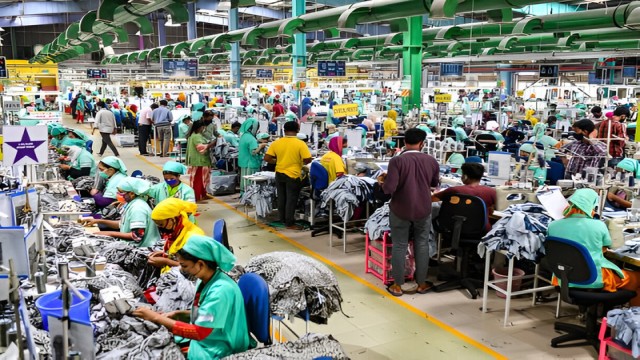
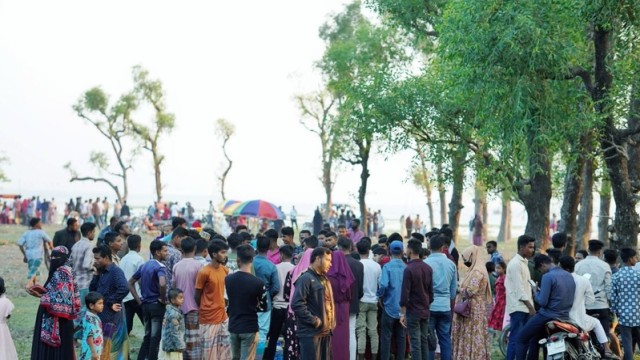


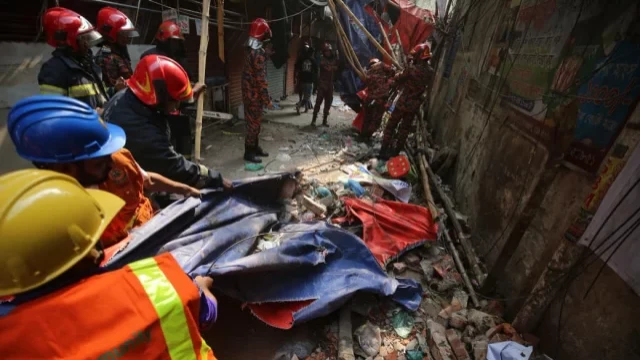

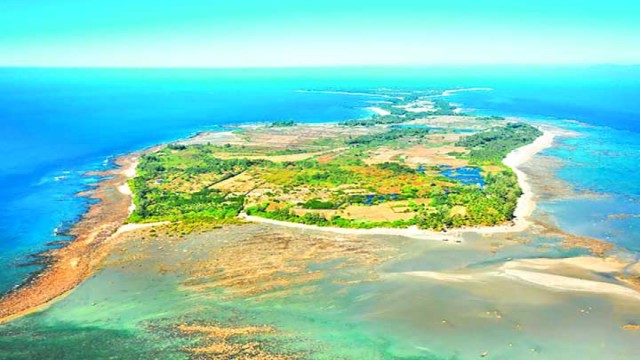
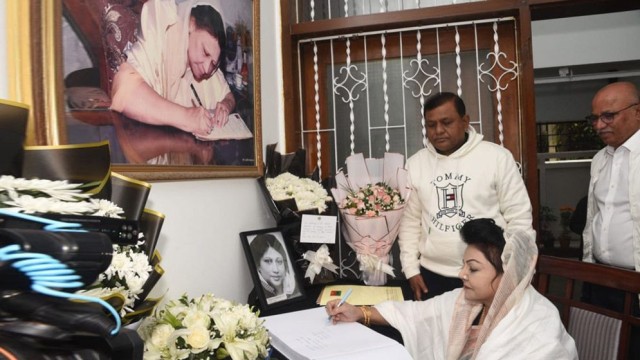
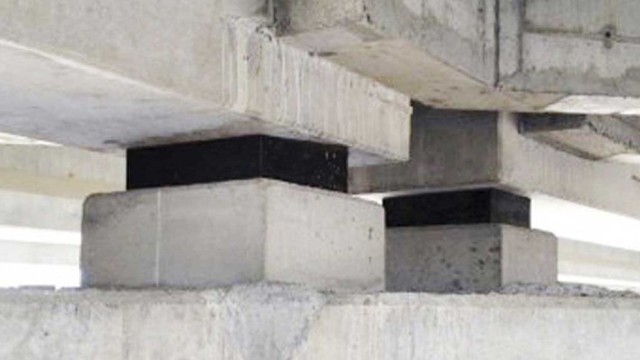





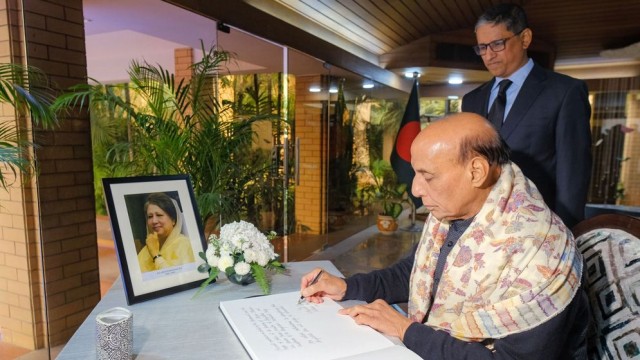




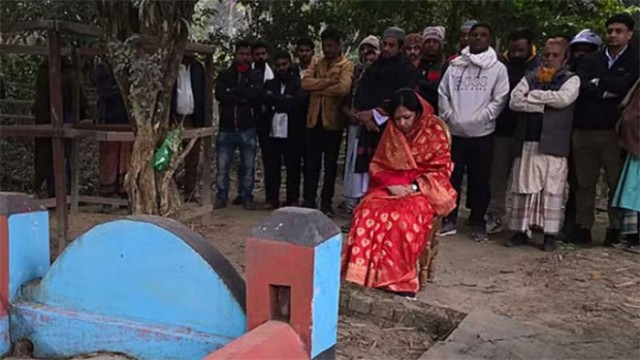
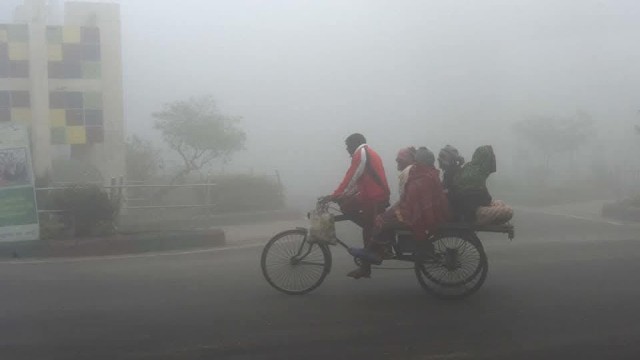
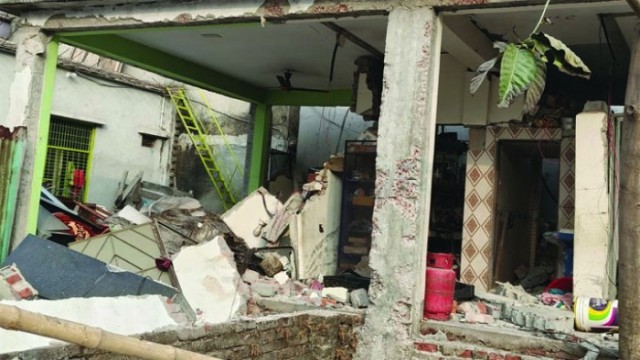


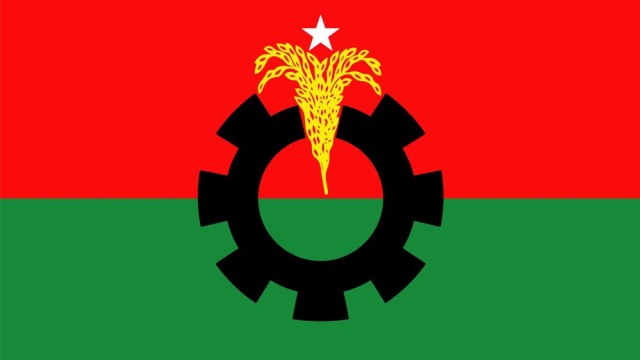

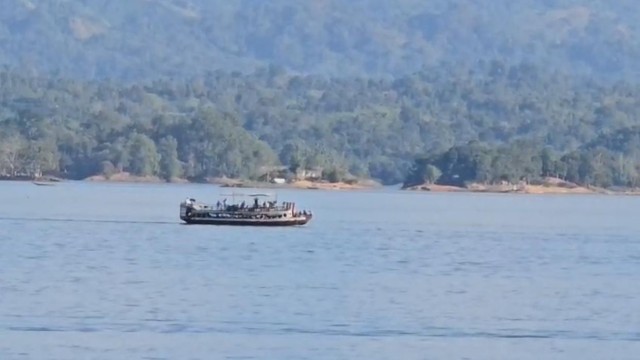

Comment: